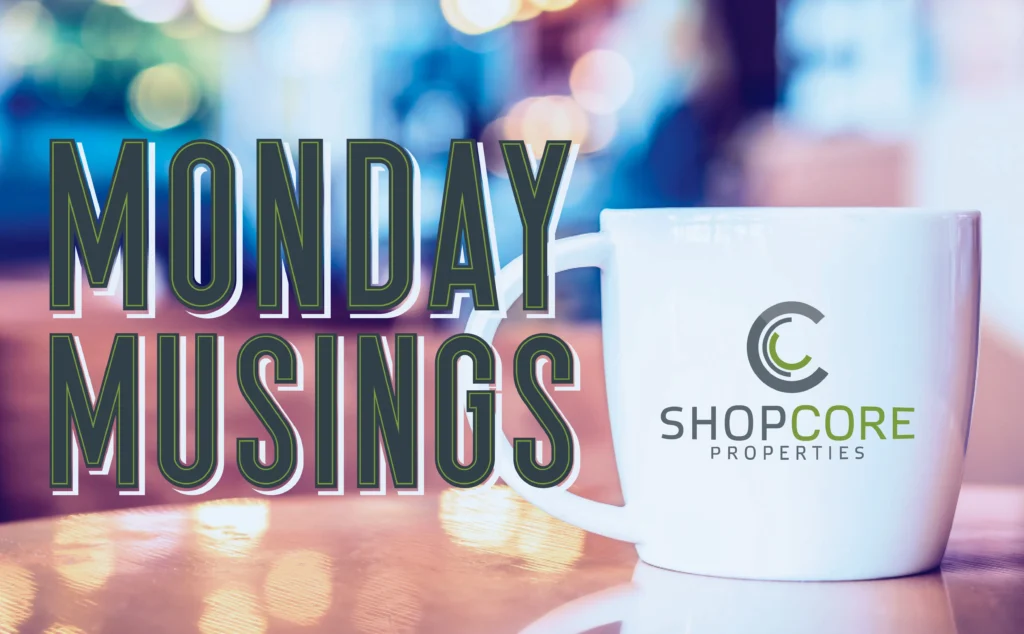Peak Omnichannel is Here

The word omnichannel is thrown around a lot in retail. Some people love it, and some hate it, but the concept itself is well-defined and crucial to understanding how retail works in the 2020s. As e-commerce gained traction in the early 2000s, the prevailing wisdom was that online and offline retail were separate entities and could not or should not be treated the same way. Many traditional stores set up their digital operations accordingly, with their own warehouses, supply chains, pricing strategies and product assortments. This created a frustrating shopping experience for consumers when they couldn’t find the same prices or products online that they saw in stores and vice-versa. Omnichannel offered a different path forward: Meet the customer where they want to be met. It was time to stop treating shopping channels as unique entities and, in doing so, giving consumers the choice of how and where they want to make their final transaction.
This seems obvious in retrospect, but for retailers, the path to omnichannel retailing has been a slow and expensive one that required billions in investment to reinvent supply chains, upgrade technology, and rethink the role of the physical store in the customer’s journey. For a retailer like Target, if you were going to have any chance at competing against Amazon, you had to differentiate yourself by not only doing what Amazon does online but also by leveraging what you have that Amazon doesn’t: stores.
Target started out a bit behind this curve when an ill-fated foray into opening hundreds of stores in Canada took up much of the company’s capital and brainpower in the early 2010s. When Brian Cornell arrived as the company’s first external hire for the CEO role in 2014, there were legitimate questions on whether the Target story would follow the same path as another of the Class of ’62 – Kmart – on that slow march to the retail graveyard. However, Cornell cited the company’s failings as a wake-up call and exuded confidence that Target’s prolonged entry into omnichannel gave the company a “late mover advantage,” allowing them to invest with the benefit of hindsight to avoid the mistakes they and other traditional retailers had made in the early days of e-commerce. It was a $7 billion bet that had to pay off if the company was to survive.
Flash forward to 2020 and the world has been upended by a global pandemic that gave pure-play e-commerce a greater competitive advantage than ever before. Yet, who has emerged as one of the biggest winners of 2020 is Target. With a growing store count, thanks to its flex-format small store concept and innovative acquisitions, such as Shipt, Target’s holiday same-store sales grew 17.2%, digital sales more than doubled at 102% growth, and orders placed online and picked up using the store’s Drive-Up service increased 500%. But the most telling number in these fantastic results was this: 95% of all orders placed on Target.com touched the store. No other retailer outside of grocery can lay claim to better integrate their online and offline channels more completely than Target. We have now entered the era of peak omnichannel, and it is what any winning retail concept needs to be striving for if they are going to survive the tumultuous years ahead.
Need further proof? They say imitation is the sincerest form of flattery, and others say that good artists borrow and great artists steal. If those sayings are true, then other retailers have certainly been paying attention. Bed Bath & Beyond went into the pandemic looking like the next casualty of the so-called retail apocalypse, yet their new CEO, Mark Tritton (hired from Target), was quietly sowing the seeds of transformation. In just one year, he returned the company to positive comps and a credit upgrade from S&P. Jo-Ann Fabrics highlighted their 70% fulfilled from store rate in their IPO filing this week. Even Amazon is now scrambling to develop a brick & mortar strategy of its own with the ambitious rollout of its new Amazon Fresh grocery concept.
While different retail sectors are at different points in their evolutions, it’s fair to say the blueprints are drafted and the future is now. When assessing a store’s future prospects, the most important thing to ask now is: Are they hitting their Targets?